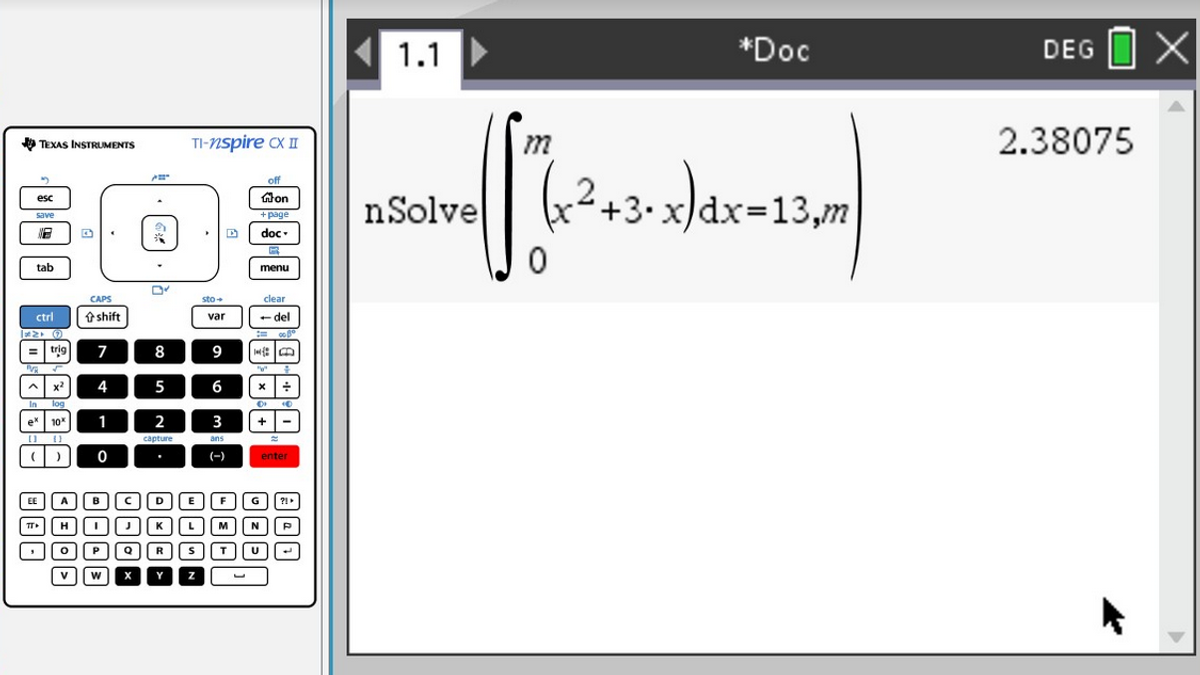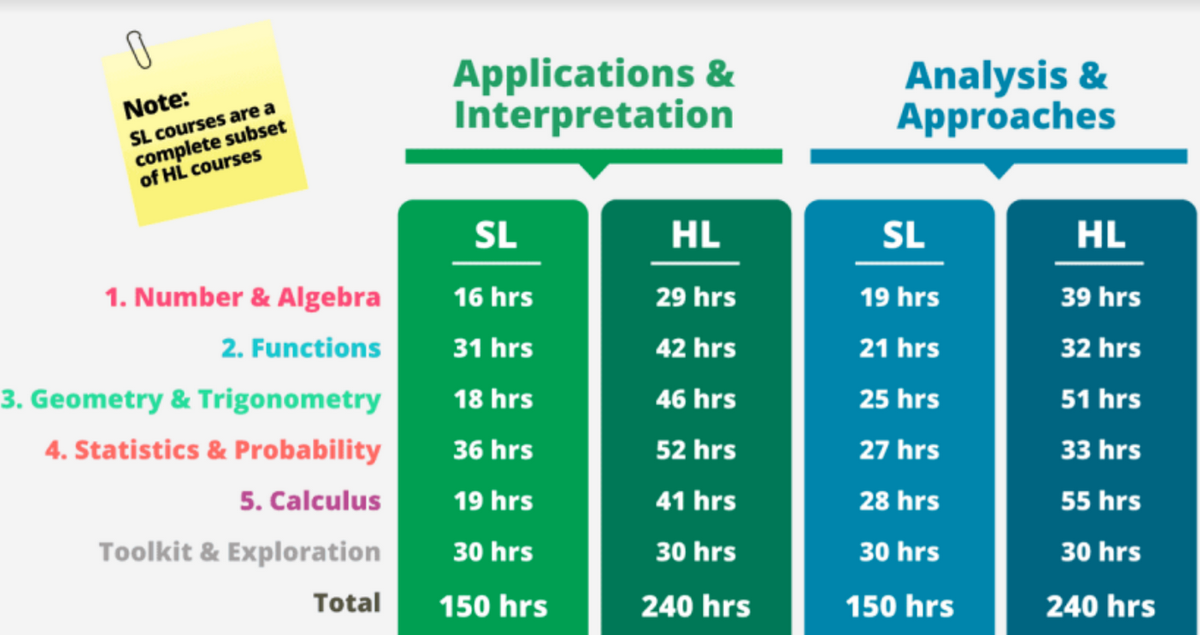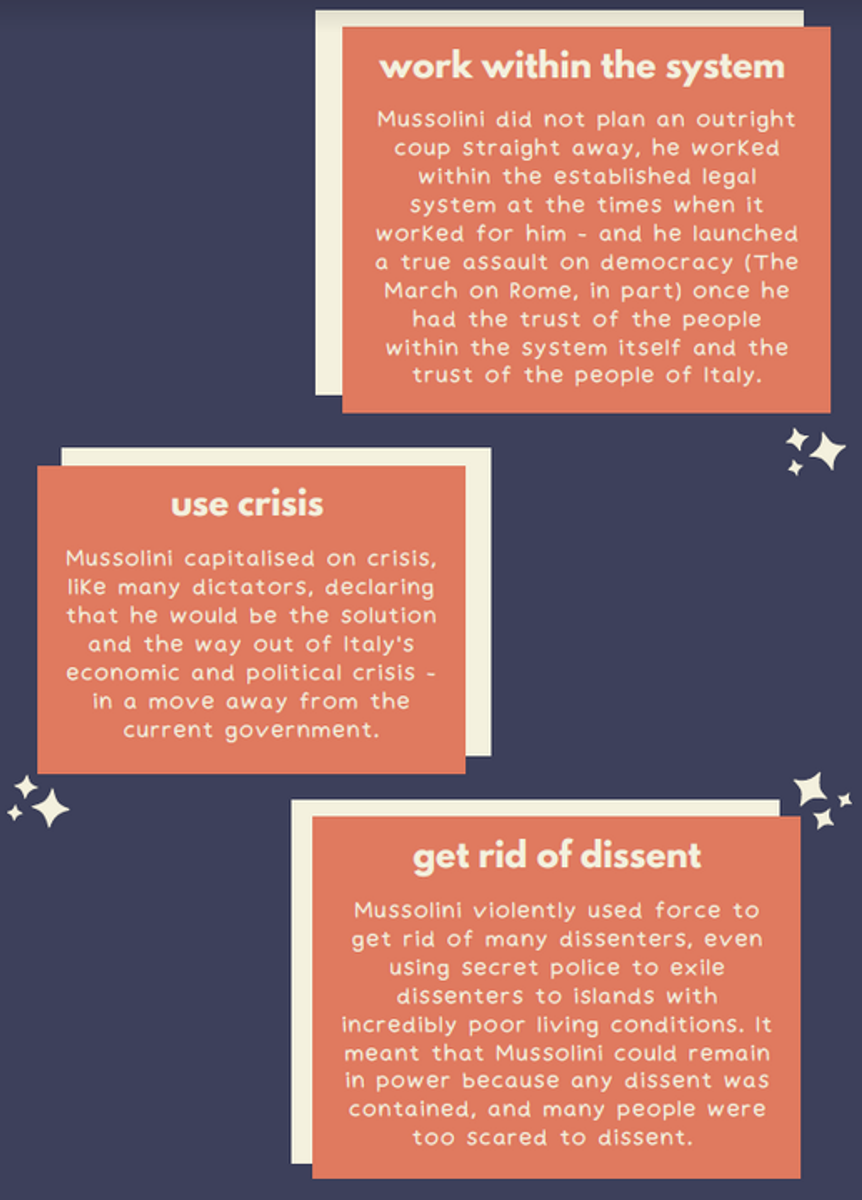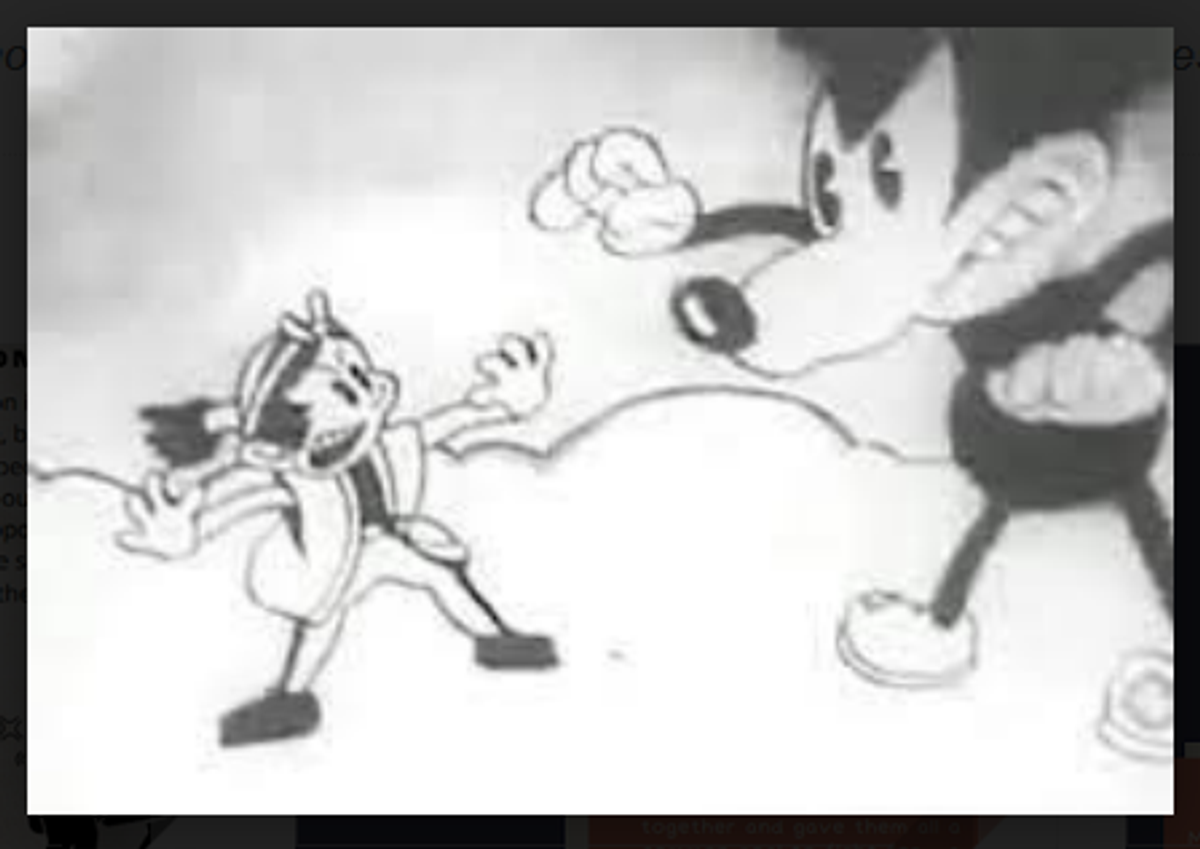Connecting to Learning in the DP: Mathematics and History

Mathematics
Year 12
This week marked an important milestone for our Year 12 students. We finished the content and began revision for the final exams. Quite fittingly, we completed the course by tackling the most difficult type of question that could be asked on their exam... "What would that be?"
Many people will shudder at the word "calculus", even if they don't exactly know what it is. Our students sure did. But before they knew it, they were able to tackle the concept and break down the terminology of a question such as the following:
"When will the area under a curve created by a function equal a particular value?"
Two years ago, if we showed our Year 12s this question they would never have believed they could solve it. Now they can not only solve such a problem, they can understand what the solution means and where it comes from.
I'm proud of you all.
Kris Austin
teacher of Mathematics
kris.austin@preshil.vic.edu.au
Maths AA vs Maths AI - what's the difference?
Individual students have different needs, aspirations, interests and abilities. For this reason there are two different DP subjects in Mathematics:
o Mathematics: Analysis & Approaches
o Mathematics: Applications & Interpretation.
Each course is designed to meet the needs of a particular group of students.
Mathematics: Analysis & Approaches recognises the need for analytical expertise in a world where innovation is increasingly dependent on a deep understanding of mathematics. The focus is on developing important mathematical concepts in a comprehensible, coherent and rigorous way, achieved by a carefully balanced approach. Students are encouraged to apply their mathematical knowledge to solve abstract problems as well as those set in a variety of meaningful contexts.
Mathematics: Analysis & Approaches has a strong emphasis on the ability to construct, communicate and justify correct mathematical arguments. Students should expect to develop insight into mathematical form and structure and should be intellectually equipped to appreciate the links between concepts in different topic areas.
The Mathematics: Applications & Interpretation course recognises the increasing role that mathematics and technology play in a diverse range of fields in a data-rich world. As such, it emphasises the meaning of mathematics in context by focusing on topics that are often used as applications or in mathematical modelling.
To give this understanding a firm base, this course includes topics that are traditionally part of a pre-university mathematics course such as calculus and statistics. Students are encouraged to solve real-world problems, construct and communicate this mathematically and interpret the conclusions or generalisations. Students should expect to develop strong technology skills, and will be intellectually equipped to appreciate the links between the theoretical and the practical concepts in mathematics. All external assessments involve the use of technology.
Preshil offers the Analysis & Approaches SL, Analysis & Approaches HL and Applications & Interpretation SL mathematics courses.
In a similar way to how Maths Methods might be compared to Further Maths in the VCE, Maths AA SL is considered to be more mathematically demanding than Maths AI SL.
As a matter of interest, when looking at university courses (although they do vary) where only VCE prerequisites are given, generally the IB equivalents are:
Maths AI (VCE Further Maths/any)
Maths AA (VCE Maths Methods)
Maths AA HL (VCE Specialist Maths)
If you would like to explore this further, we highly recommend you make a time to meet with our Careers Practitioner, Bronte Howell (bronte.howell@preshil.vic.edu.au).
Andrew Belegrinos
teacher of Mathematics
andrew.belegrinos@preshil.vic.edu.au
History
How did the world so quickly plunge itself back into war after the significant horrors and lessons of the First World War? This is the question that DP History students have been exploring as they trace the ideological shifts, diplomatic crises and economic chaos of the inter-war years.
Year 11 History Squad has been examining the rise of authoritarian states, looking at the conditions that gave rise to fascist and communist dictatorships during the inter-war years with case studies in the regimes of Mussolini, Hitler and Lenin/Stalin. To draw together the common themes and methods used during this period, students recently created a simple five-step guide to establishing a one-party state titled ‘How to Become a Dictator.’
The Year 12 team is in full-swing exam revision, looking at the rising militarism and nationalism in an expansionist Japan as tensions rise between the powers in the Pacific. We recently looked at depictions of the US in early Japanese anime, including a particularly aggressive and imperialistic Mickey Mouse!
Chris McDuff
teacher of History







